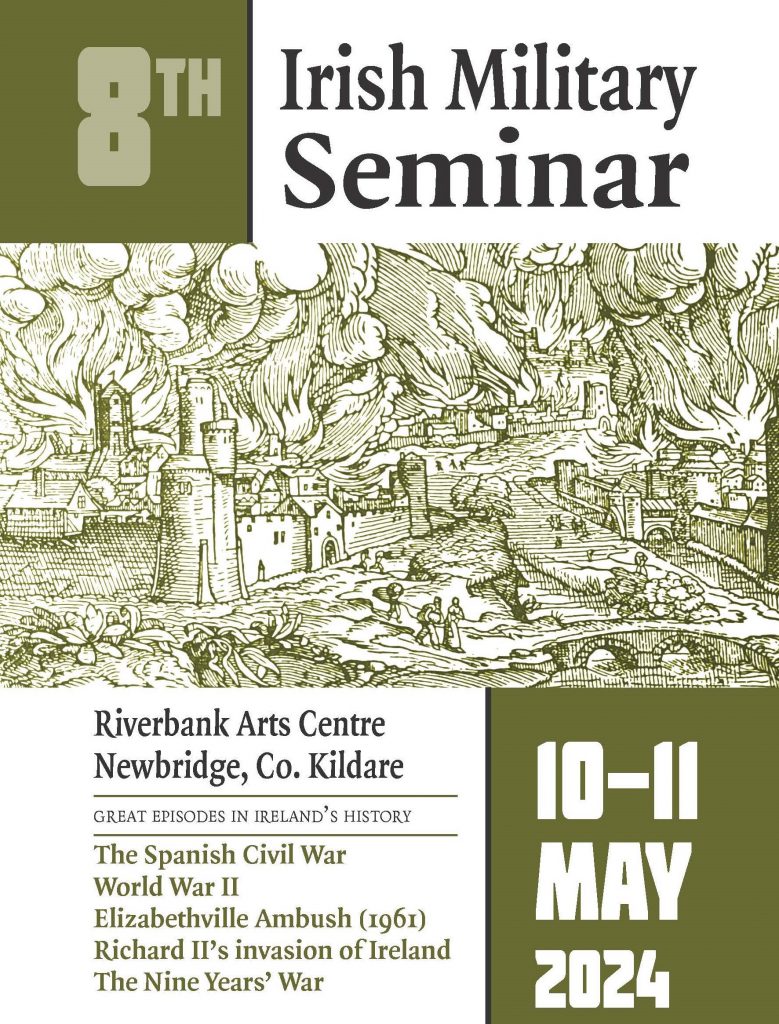Royalty and Races – Punchestown 1904
Liam Kenny recalls the elaborate decoration of Kildare’s county town for the visit of a royal couple to Punchestown 120 years ago …
This article originally appeared in the Leinster Leader of 23 April 2024.
There was plenty of colour in Naas for the Punchestown week of 1904. But then it’s not every day that a King would come calling to Kildare’s county town. Not that the royal visitor was entirely a stranger to the locality because Edward VII – as he was by then – had conferred a royal seal of approval on the national hunt festival when, as prince of Wales, he had visited as far back as 1868. That attendance accompanied then as in 1904 by his good lady, the Danish princess Alexandra, had worked wonders for Punchestown making it an essential fixture for all who aspired to social advancement in the titled ranks of empire.
Indeed Edward, or Albert as – somewhat confusingly – he was known during his long apprenticeship as Prince of Wales was partial to the entertainment, equine and otherwise, available on the plains of Kildare. Back in the 1860s his mother Victoria who, unlike her son had little time for the Irish, had sent him to the military camp on the Curragh to make a man of him. Some of Albert’s brother officers interpreted her aspiration literally and arranged for him to have a liaison with an actress – an encounter which had the double effect of scandalising the prim Victorian court but humanising his reputation as a royal who took his station in life seriously but not too seriously.
Such colourful episodes were no doubt recalled by the people of the locality in advance of his 1904 visit to Co Kildare as part of a semi-official foray that he and Alexandra were making to Ireland following a formal tour the year previously. Attendance at the two days of Punchestown was to be a centrepiece of the visit and the town worthies of Naas were determined to ensure that no stone would be left unturned in displaying their loyalty to the couple who presided over the British Empire which in the early 1900s was the greatest empire the world had known since the days of Caesar.
When news of the King’s itinerary filtered through a meeting was convened in the Town Hall presided over by members of the Urban District Council – formed just four years previously – for the purpose of opening a subscription to fund a contract with Switzers of Dublin and with a specialist London firm to decorate the town in a style fit for a king. Such loyal ambition was endorsed by the parish clergy and by the main street shopkeepers and bankers together with the members of the landed gentry living in the district of the Kildare Hunt.
The outcome was a fund which provided for a lavish display of Union Jack bunting, banners and flags which adorned the town from the railway station on the Dublin Road, through the Main Street, and on to Fairgreen Street at the ‘top of the town’. From black-and-white photographs that have survived from 1904 the effect looked more like what one might expect in the loyal quarters of Belfast on the twelfth of July than in a town in mid-Leinster not noted for strong loyal sentiment. However, in the Ireland of the early 1900s there were few voices calling for separation from Britain and it would be another decade and more before the tricolour replaced the royal standard as the emblem of state.
The elaborate preparations made by the urban councillors formed a spectacular backdrop to the royal progress when Edward VII and Alexandra stepped off the special train which had brought them directly from Kingstown Harbour (Dun Laoghaire) to Naas where they alighted at the station [located on the site occupied by modern Tesco on the Blessington Road].There they were welcomed by William Staples, Chairman of the Urban District Council and by Stephen J Brown, solicitor and Chair of Kildare County Council while Mrs Brown presented the Queen with a bouquet of roses and lilies of the valley. The Kildare Observer newspaper gushed that “the Royal visitors drove away to Punchestown amidst ringing cheers which were re-echoed by the crowds of spectators along the streets and from the windows of houses along the route.”
While decor and protocol were an essential backdrop to the royal welcome, things were not so carefree that security could be neglected. The newspaper relates that the precise figure of 333 constables was drafted in to line the street of Naas and to make secure the road out to Punchestown. The constabulary was accommodated for the week in the long disused halls of the old gaol to the west of the canal harbour. The spartan interior had been furnished with bales of straw for the billeted policeman to sleep on between their long days of duty – a furnishing which prompted the Observer columnist to remark that “The members of the force will find more comfort in the jail than many of its former occupants received …”!
